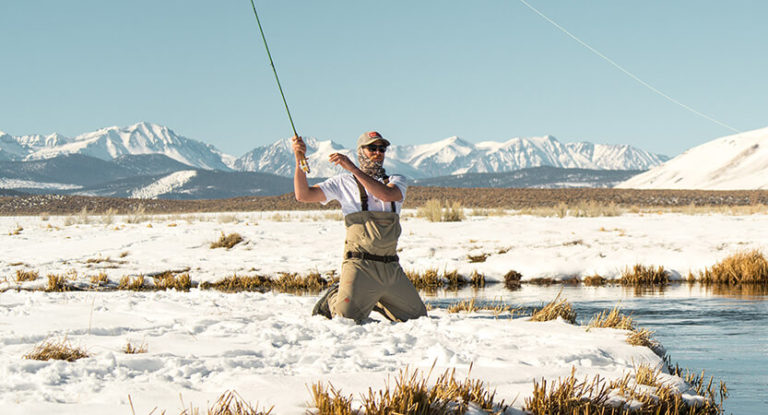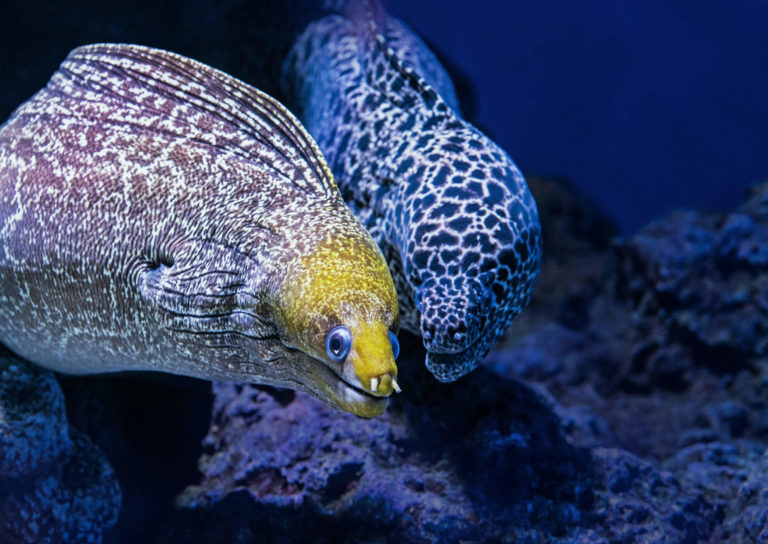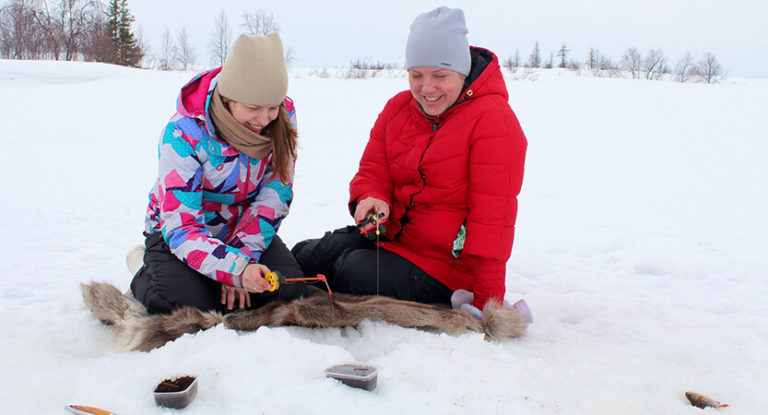Do you want to feel the excitement and adrenaline while fishing? They are available to the angler for any method of fishing, however, when using active gear, the amount of thrill increases significantly. An example is spinning fishing – this is a truly masculine hobby that involves constant work with tackle and fighting a strong predator. However, why this sexism? Among the inveterate spinning players, there are also beautiful ladies who demonstrate not the worst professionalism.
Today we will deal with spinning equipment and try to find the best option for beginners. In addition, we will consider the basic principles of active fishing: who we will catch, where and how exactly. Believe me, there are many subtleties in using a spinning rod, but for the first times you don’t need to go deep into the nuances, having mastered only the basics. Then, already with the growth of skill, you will understand what kind of rig, bait or harness is right for you in specific fishing conditions.
Here is an overview of the content of this tutorial, feel free to jump to any section you care about:
For more fishing instructions, take a look at these popular Trizily links: Best Spinning Reels, Best Spinning Rods.
- Fly Fishing For Beginners
- How To Choose A Spinning Reel (Complete Guide)
- How To Choose A Spinning Rod (Complete Guide)
The main elements of the equipment
It is important for a beginner spinner to prepare for the first active fishing in his life. The main stage of this action is the assembly of the tackle. It is good if the neophyte of spinning fishing has a good knowledgeable acquaintance who is ready to enlighten him about the equipment, because there are no trifles in this matter.
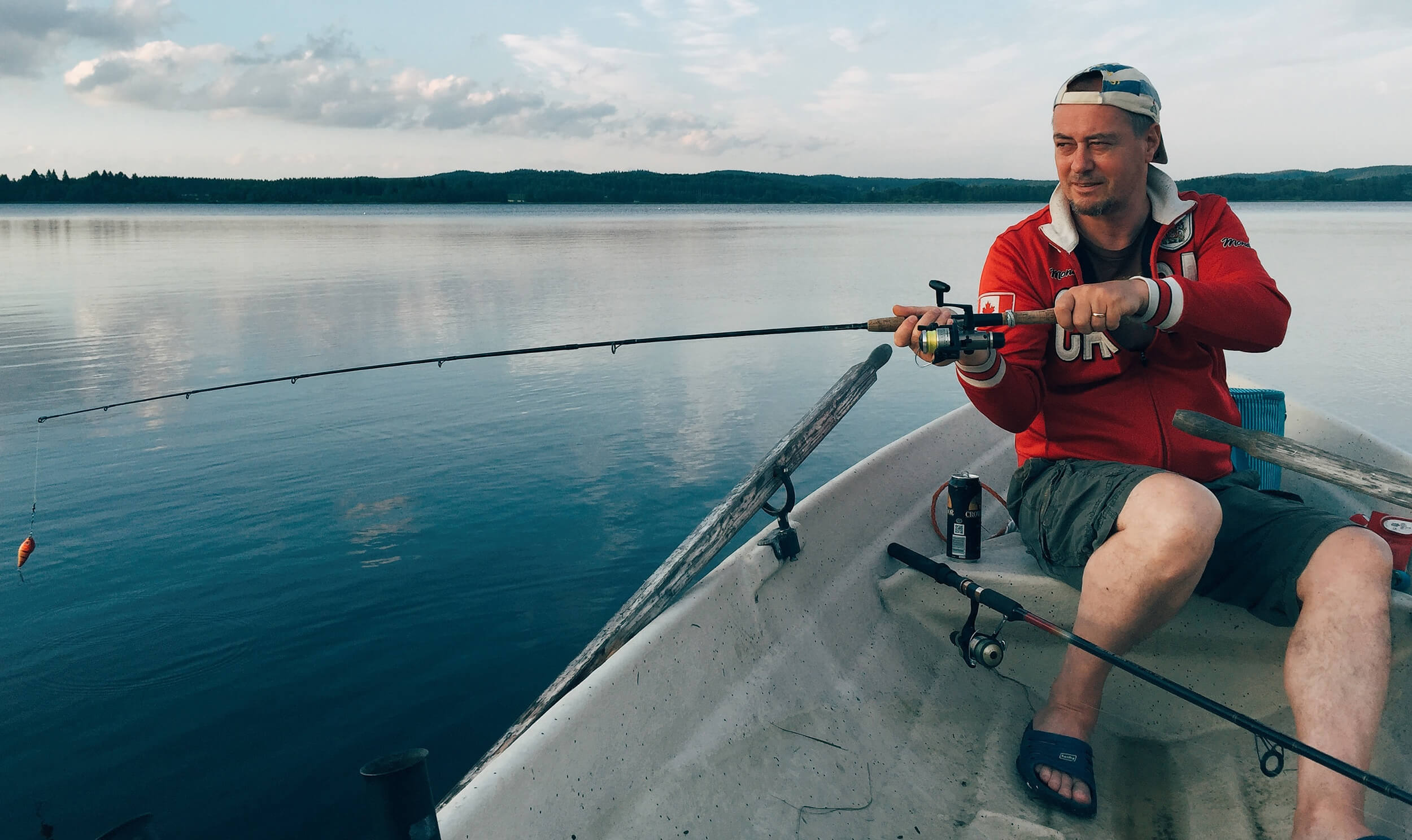
An incorrectly selected rod or reel can not only minimize the likelihood of catching the coveted trophy, but also kill the pleasure of fishing in general. Each cast is a physical action, quite difficult from habit. It is not for nothing that some enthusiastic beginners after the first fishing lose the ability to perform at least some action with their right hand for a few days. The arm will hurt even with a perfectly matched rig, but the consequences will not be so catastrophic.
So, we begin to collect the first spinning rod in our life. To do this, you need to purchase the following accessories from the store :
- spinning rod,
- spinning reel,
- fishing line (main and for a leash) ,
- set of baits.
Now we will deal with each of the elements and try to assemble all the equipment into a single whole.
Rod
The main (and most expensive) piece of spinning equipment is a special rod. Let’s figure out by what parameters to choose it:
- Length . In this case, you should know the fishing conditions and the required casting distance. On large reservoirs and deep rivers, blanks of the maximum length are used, in conditions of fishing in thickets or from a boat – shorter rods (from 2.1 m in length).
- Test . The rod test is in direct proportion to the expected weight of the lure. For a start, you can stop at the middle class (bait weight – 10-30 grams) – it is the most versatile. But later it is better to have in your arsenal at least two equipped blanks: for “light” and “heavy” bait.
- Build . Another extremely important characteristic is the action of the rod (its flexibility). The build can be super fast, fast, medium, slow. It is better for a beginner to take a blank (whip) of a fast action: it makes it easier to carry out the wiring and faster to respond to bites.
- Build type . For transportation, undoubtedly, telescopic models are more convenient: when folded, they are placed in ordinary bags. Plug rods take up a little more space, but when fishing, spinning rods of this type are much more reliable.
- Rings . Rings must be securely fastened, not have irregularities that could cause chafing of the line. The special reliability of the rings is required when using a braided cord.
- The handle . The handles of cheap rods are made of all kinds of artificial polymer materials. However, for the first fishing in life (as well as subsequent ones), it is better to choose a rod with a handle made of natural cork: even if it is more expensive, it is more comfortable to use.
- Material . The material determines both the weight and the strength of the rod. In this regard, we can recommend composite and carbon blanks: they demonstrate the optimal combination of low weight and high strength.
Reel
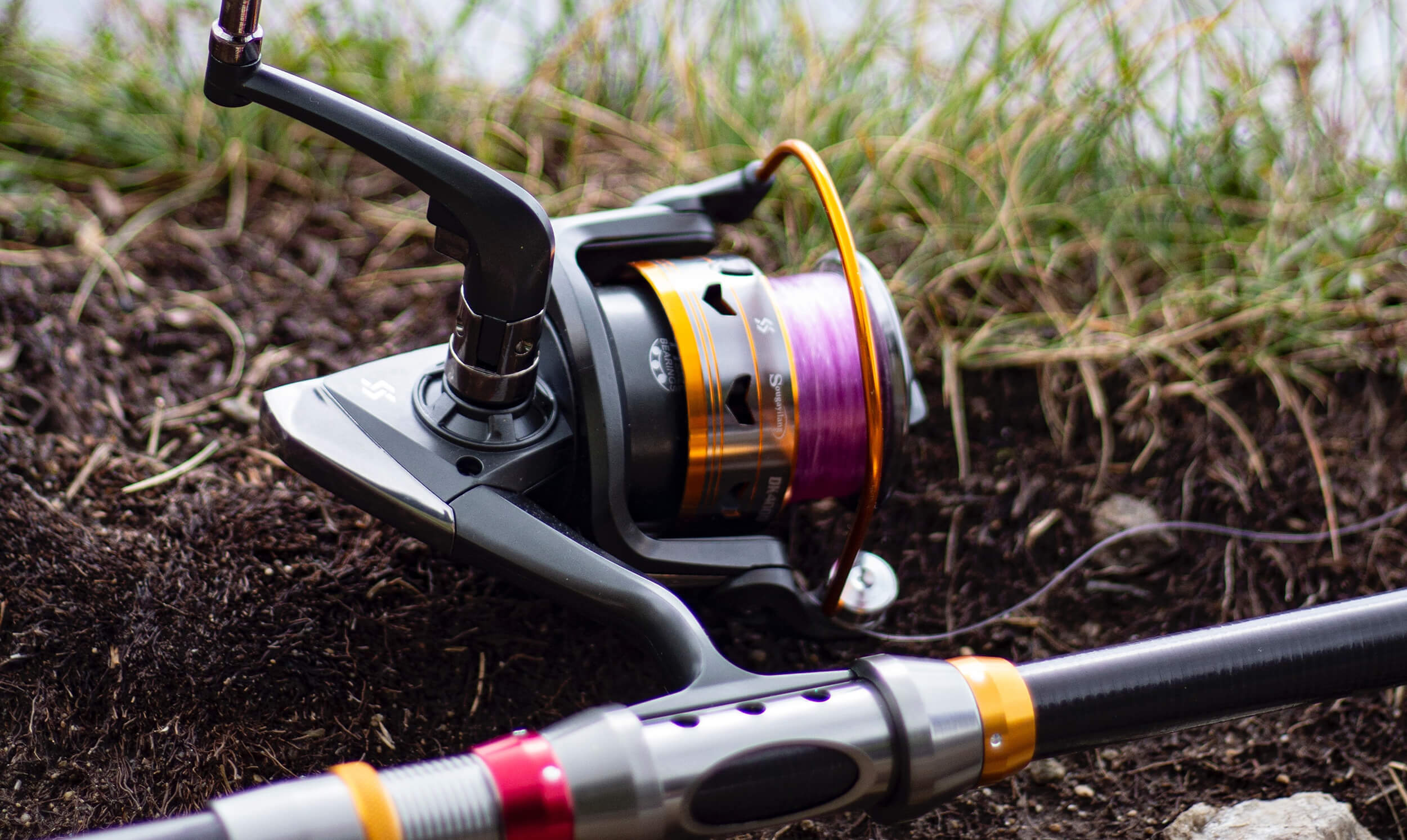
The next important piece of equipment is the reel, which is attached to the rod. Distinguish between inertialess and multiplier models . For our purposes, spinning reels are optimal, while multipliers are indispensable for trolling and trophy fishing. Even a beginner can cope with the inertia rod: neither installing it on a rod, nor setting it up, nor using it during fishing presents any particular problems.
The most universal reels are 2000-3000 (the size is calculated by the footage and the diameter of the line that fits on the spool). Another fundamental point is the number of bearings, of which there can be up to 12 pieces in the mechanism. 5-6 bearings are quite enough – this provides sufficient smoothness and reliability of the mechanism.
Not all reels are equipped with friction brakes; when fishing for small specimens, they are not too necessary. But what if a large predator is caught on the hook the first time you go fishing? It is impossible to exclude this possibility, therefore it is better to stop at the option with a friction brake , which automatically fixes the unwinding of the line. In this case, you need not be lazy and adjust the brake. To do this, it is enough to rigidly fix the fishing line on some object, move away from it a couple of steps and, having secured the brake, pull the fishing line as much as possible. Upon reaching the maximum tension, the friction clutch is gradually released until the line is blown off.
The reel is fastened to the spinning rod with a nut, which must first be unscrewed until the fastener reaches the desired diameter, then tightly tightened directly on the rod.
Some fans of the old school use the old type of inertial reels when fishing with spinning reels. This has its advantages: low weight of the coil, better sensitivity during wiring. However, this option should not be recommended for beginners: you will quickly get tired when casting.
Fishing line
Taste and color – there is no companion, there is no universal fishing line suitable for all types of rods and all kinds of fishing conditions. Spinning players prefer two types of fishing line: monofilament threads and braided lines.
Monofilament fishing line is a nylon thread, this is a classic version that is used in any tackle, including spinning. It is inexpensive, not too noticeable in water, with the right choice of diameter and manufacturer, it demonstrates sufficient strength. The monofilament stretches slightly in water under the action of a load, which can be regarded as an advantage (absorbs and reduces the load on the whip) and as a disadvantage (does not allow you to instantly respond to a bite).
A braided line , consisting of several strands, is approximately twice as strong as a monofilament line and practically does not stretch under the influence of loads, which contributes to the instant transfer of the bite to the tip of the blank. Braided cords are much more expensive, richer in color, but they are not particularly durable: with frequent casts, they fray themselves and damage the rings. Cords are indispensable for trophy fishing, but it is still better for a beginner to limit himself to a monofilament.
When spinning fishing, not only the main line is used, but also a leash that is attached to it with swivels and carabiners. You can simply impose it, but it is not very convenient: it is difficult to change the leashes, and they will get tangled more often.
In most cases, it is recommended to use fluorocarbon leashes : they are strong enough and hardly noticeable in the water. For catching large pike, semi-rigid and rigid metal leashes are used : it just snacks fluorocarbon. Based on this, it is worth having in stock several leashes for various purposes, but at first you can get by with a couple of fluorocarbon ones.
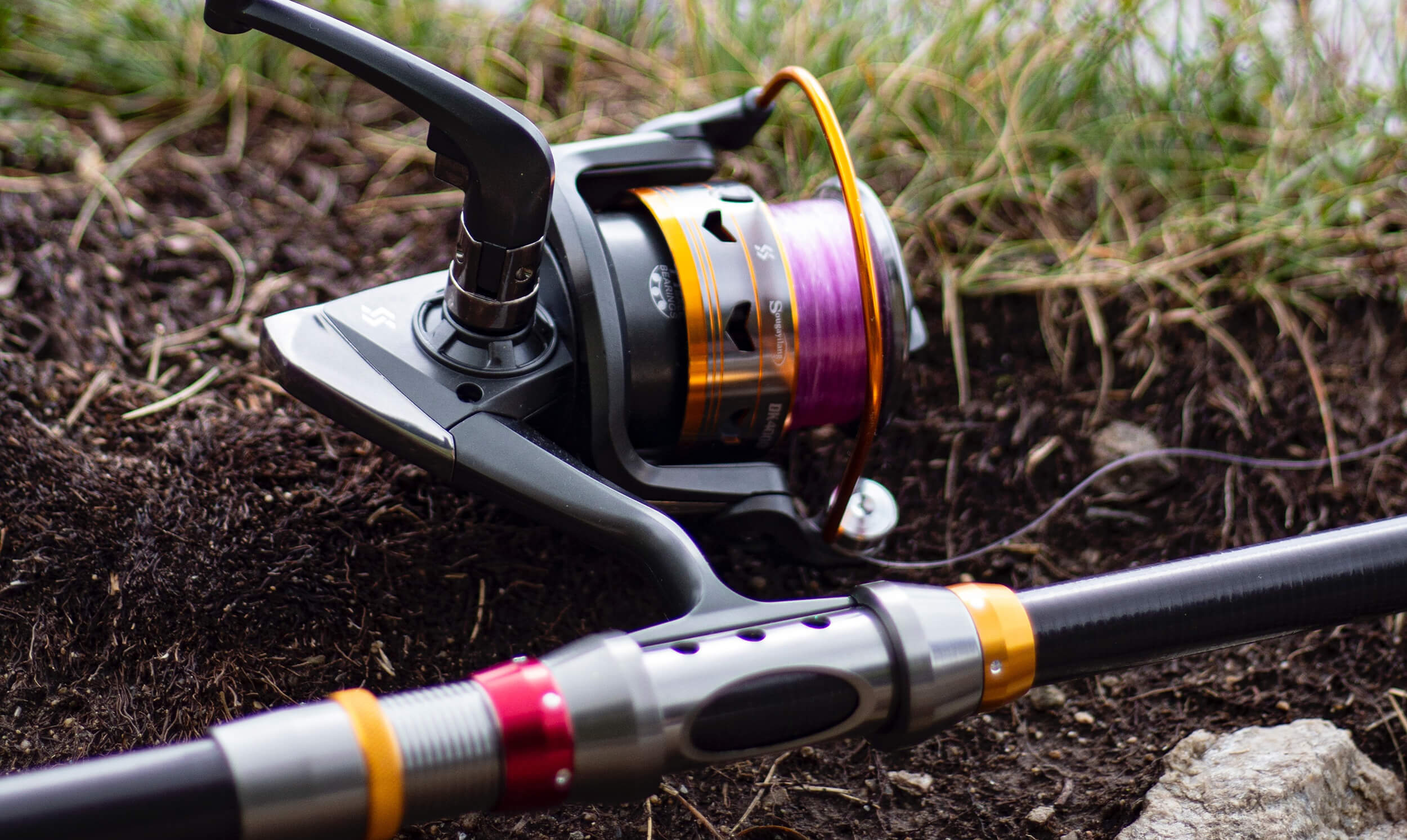
Bait
The choice of bait is a headache for most spinners. In most cases, all kinds of artificial lures are used, fortunately, there is no urgent need to make them with your own hands, as the previous fishermen did. The modern industry produces a lot of models for different types of leads, rod tests, fishing conditions, the type of intended catch, and so on. If you are not too limited in funds, definitely choose lures from trusted manufacturers: you will not have problems with the wiring or the strength of the hooks.
All artificial lures for spinning fishing can be roughly divided into three types:
- Spoons . Classic lures are classified into two broad types: spinning and oscillating. All new items such as all kinds of castmasters and spinnerbaits are variations of traditional lures. Different types of lures require different fishing tactics and are intended for specific types of fish, which is usually indicated on the package.
- Wobblers . Before us are quite modern baits made of artificial polymers. Outwardly, they resemble small fish, and playing with a rod allows them to give them a natural behavior in the water. There are many variations of wobblers with their own names (poppers, walkers and others like them) that behave differently when wiring. These lures are ideal for twitching, have a high catching power, but require a certain skill when driving. They should not be recommended to beginners.
- Silicones . Twisters and vibro-tails are new, but rapidly gaining popularity silicone baits. They are not as durable as the aforementioned ones, but they do not require special skills and behave naturally even with not very skillful wiring. They are perfect for the simplest jig, which allows you to fish at any depth, however, for bottom wiring, a rig with a diverter lead is required . A variation of silicone is artificial rubber – the same material, supplemented by a seductive fragrance for a predator.
When fishing for small predators such as grass perch or pike-perch, you can also use bait of animal origin (for example, an ordinary worm or tree larva).
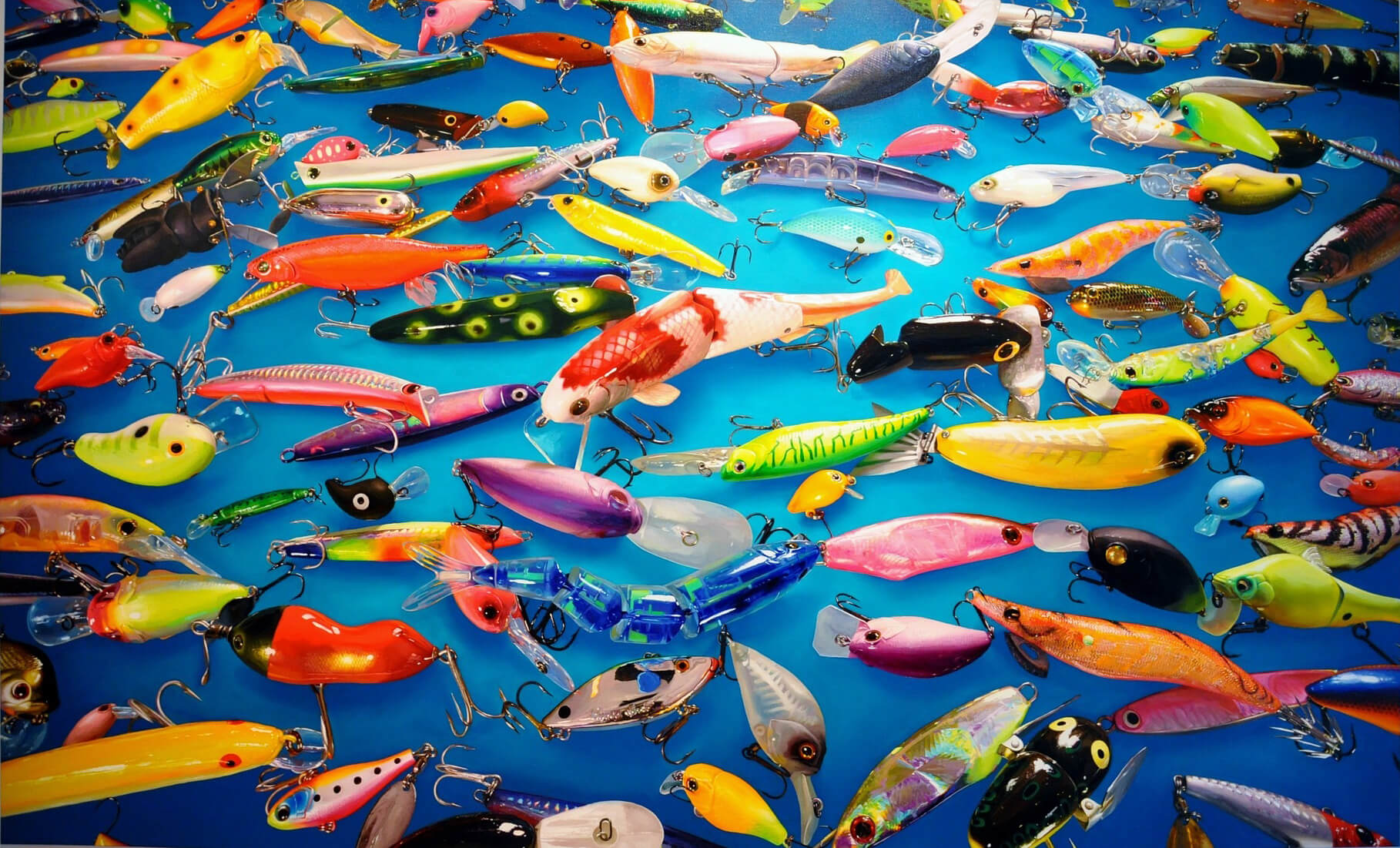
Spinning stages
The first stage of preparation for fishing is the collection of equipment – we will assume that we have already coped with it. Next, it is worth deciding which prey will be considered a priority – the choice of bait depends on this. We remind you that this tackle is used mainly for predatory fish (it is possible to catch peaceful fish, but you need a slightly different equipment and approach). The predatory fish of our reservoirs are usually perch, pike perch and pike. Before the first fishing trip, you should familiarize yourself with the lifestyle of a potential prey – this will help in finding a promising place.
So, the actual fishing consists of several stages:
- Choosing a promising place . The fish adores all sorts of irregularities, focusing mainly on the edges, in thickets, near cliffs, however, as mentioned above, it is necessary to study the habits of each species, taking into account the season and a specific reservoir.
- Castings and postings . Spinning fishing is enjoyable, but still work. During it, the angler carries out hundreds of casts and guides.
- Rescue . Suppose that the predator reacted to the bait, you need to hook it up and remove it from the water. This is also not as easy as it seems at first glance, especially when it comes to a large copy.
Choosing a promising place
To begin with, the fish is unevenly distributed throughout the reservoir: it loves places that stand out from the surrounding bottom relief. These can be edges , dumps, wash-outs, pits, boundaries of aquatic vegetation, and so on. It should be borne in mind that the pike is a loner, preferring to attack prey from an ambush, and the perch is a raider, loitering as part of a “squadron” of their own kind. Zander is also a schooling predator, but its maximum activity occurs at night.
Spinning is good because the angler is not tied to one place and is very mobile: he can fish for kilometers of the coast. It is physically difficult, but it brings tangible results. We saw a promising place, stopped, made several casts. It is also good to study the bottom topography at least approximately. It is rather difficult to do this without experience, but at least an approximate idea can be obtained: for this, jig wiring is used in a stepped version. For this purpose, it is necessary to use a sinker instead of a bait, preferably a drop-shaped one.
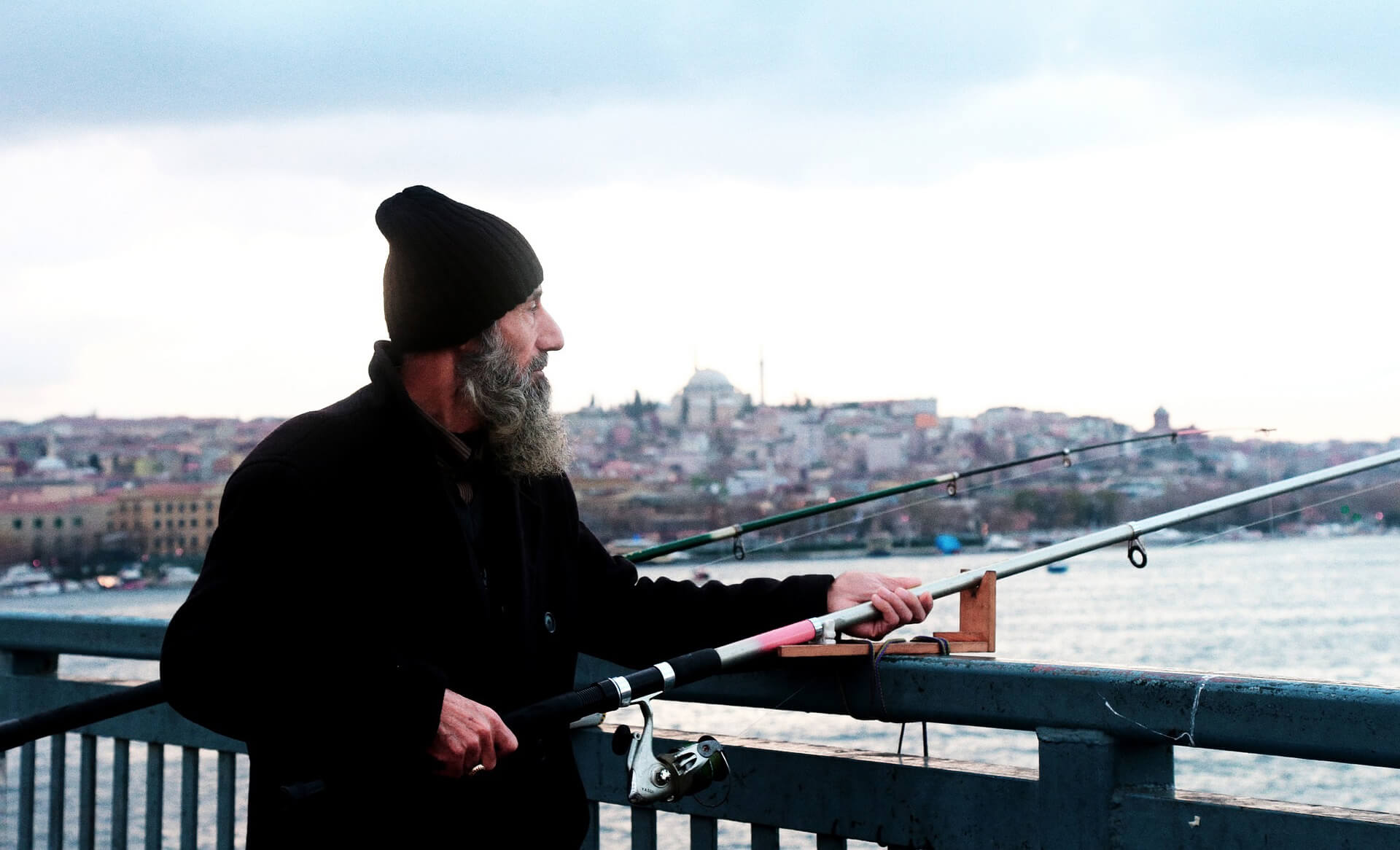
Basic wiring techniques
A predator will not react to the most appetizing bait from his point of view if it behaves unnaturally – it simply will not be associated with prey. There are a variety of spinning techniques to provide the most realistic bait play. Let’s consider the main options:
- Uniform . Optimal wiring for a beginner, no special skills required. This is ideal for spinning lures and also suitable for silicone lures. Wiring is carried out by evenly winding the fishing line on a reel, you do not need to work with a whip. Moreover, the faster the winding is carried out, the closer the bait is to the surface of the water. When fishing at the bottom of the spinning rod, you need a very slow wiring, but you need to take into account all kinds of unevenness in the relief in order to avoid snags.
- Uneven . This type of wiring is based on changing the winding speed and pauses. It is also not too difficult to carry out, the main thing is to be able to optimize the speed and duration of pauses. Uneven lead is especially welcome when fishing with oscillating lures.
- Stepped . The movements of the bait resemble teeth or steps: first, it sinks to the bottom, then rises sharply, then sinks again. It has been noticed that the predator attacks “prey” more often when it moves from the top point to the bottom.
- Twitching . This is a jerky line, which involves active work of the rod from side to side. Both the amplitude and the depth of the lure’s immersion can vary. For twitching, the use of a powerful blank and braided cord is typical, and a wobbler is usually used as bait . Let’s face it: twitching is not the best choice for a beginner.
- Jig . For jigging, mainly silicone baits are used: twisters and vibro-tails with special weights – jig heads. The use of a cord is encouraged, but a run-of-the-mill monofilament is a good place to start. Jig wiring is a type of the stepped wiring mentioned above: it only requires work with a reel, without the participation of a blank. In this case, the winding speed and the length of the pauses can change.
Rescue
When describing the technique of spinning fishing, the main attention is paid to all kinds of postings, but the moment of fishing, which is important for a beginner, is omitted. It occurs after a bite, which is transmitted to the whip through the line.
At first, you can take an ordinary hold for a bite, which is not uncommon with bottom postings, therefore it is important not to make unnecessarily sharp movements in the joy: the sweep should be sharp enough, but neat. It is advisable to wait a couple of seconds for the predator to seize the bait more firmly, then make a hooking motion with the rod and calmly, without sudden movements, start winding the line.
When catching a large specimen, it is important not to drag the line and with smooth movements to direct the prey to the shore, bypassing natural obstacles. In this case, you need to pause the winding, or even release the line. In this case, the correct setting of the friction brake is especially important .
In the final stage of playing a large individual, it is advisable to use a landing net, which should always be present in the arsenal. It is best to remove the hook from the mouth with a special extractor or yawner. And never go there with your fingers without protection, especially for a large pike!
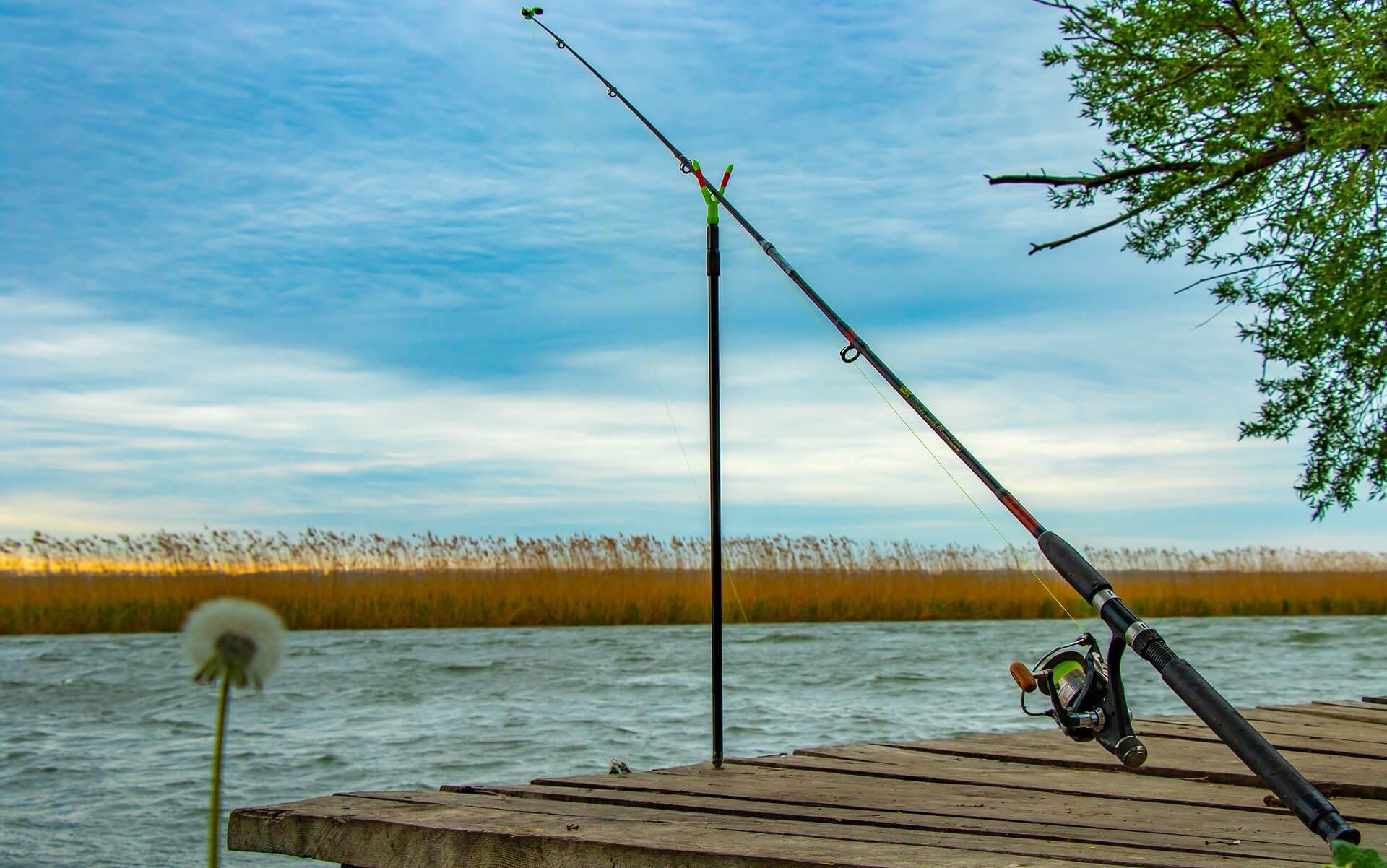
Spinning tips for beginners
At the end of our informational article, I would like to give some advice to beginner anglers:
- Don’t multiply entities . At the first stages, you should not go too deep into the intricacies of fishing science: master at least the basics, otherwise you will be confused by the abundance of information.
- Strive for versatility . For the first time, do not focus on choosing highly specialized expensive equipment: something universal will do, from the middle price segment.
- Take a closer look at the tactics of seasoned anglers . Watch and remember where and how others catch: hands-on experience is invaluable.
- Take leashes and lures with a margin . The first fishing in my life (however, like the subsequent ones, the frequency simply decreases) is a series of everyday problems with tackle. You should always be prepared to replace a loose leash or bait.
- Don’t overdo it . If you decide to fish on a spinning rod, get ready for a significant expenditure of energy and strength. Even if you are in good physical shape, it is important to observe the measure, despite the excitement: the hand will definitely ache in any case, but you should not bring the unpleasant sensations to a complete aversion to spinning.
Good luck and productive fishing to you, dear novice spinners! We hope that our small excursion into the theoretical foundations of fishing will help you in practice: let the first fishing trips in your life bring not only pleasure, but also the result sparkling with scales!

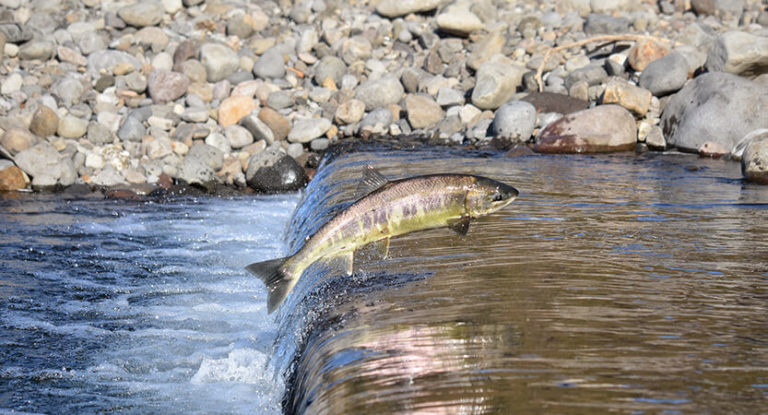
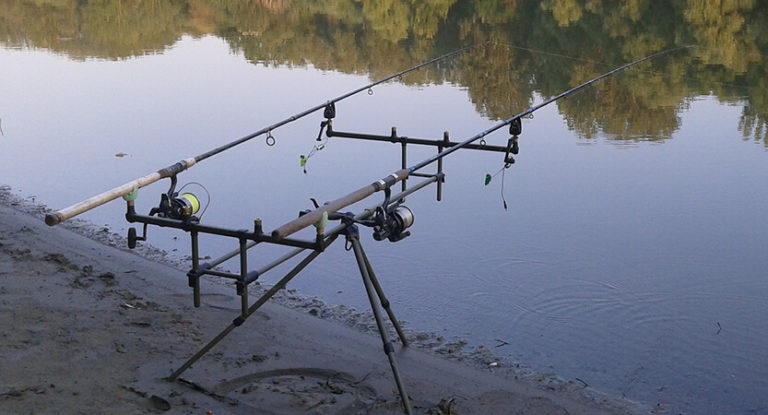
![The 10 Best Fishing Boots in 2023 [The Complete Guide] 9 The 10 Best Fishing Boots in 2023 [The Complete Guide]](https://trizily.com/wp-content/uploads/2022/03/best-fishing-boots-768x768.jpg)
